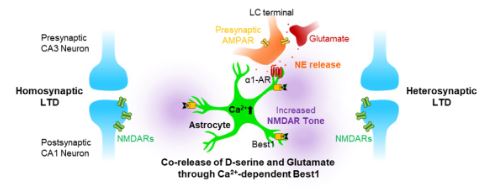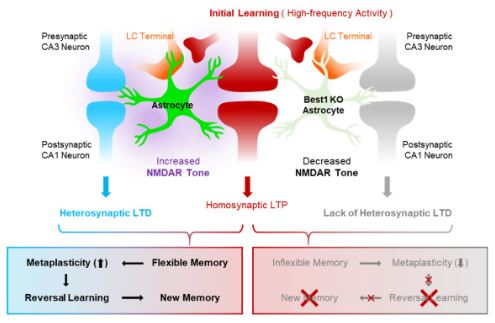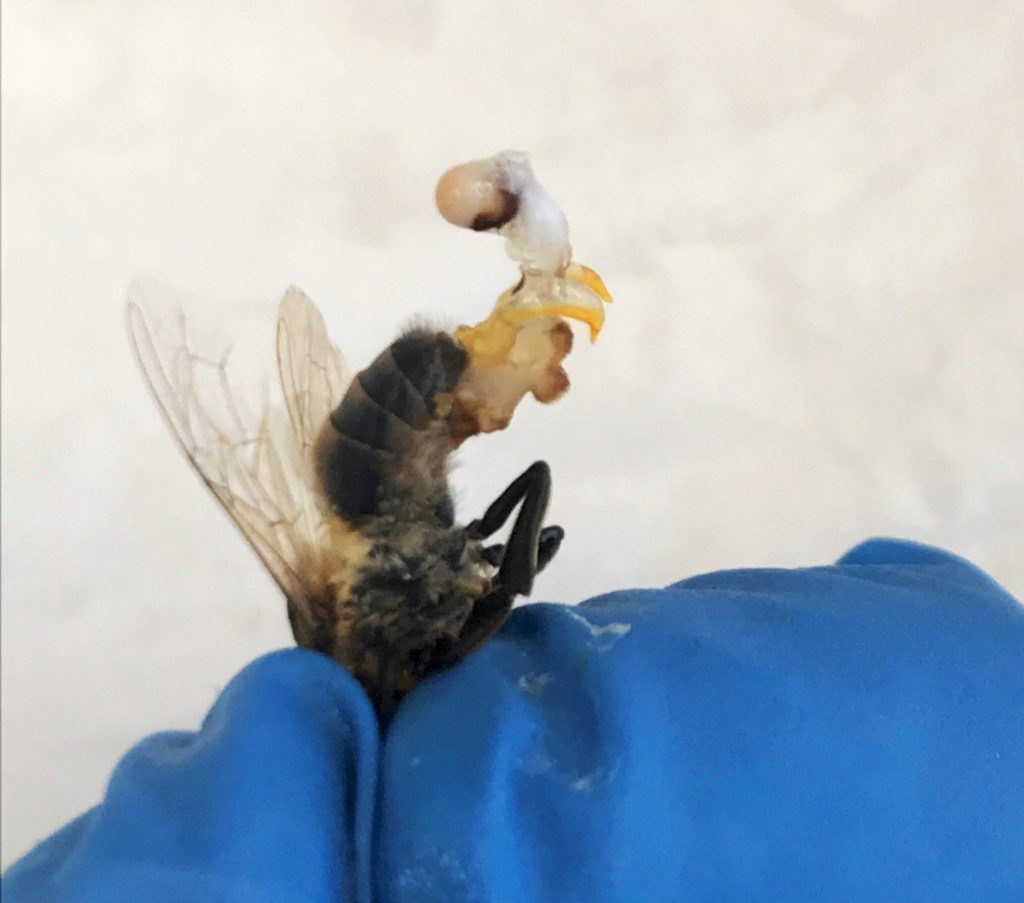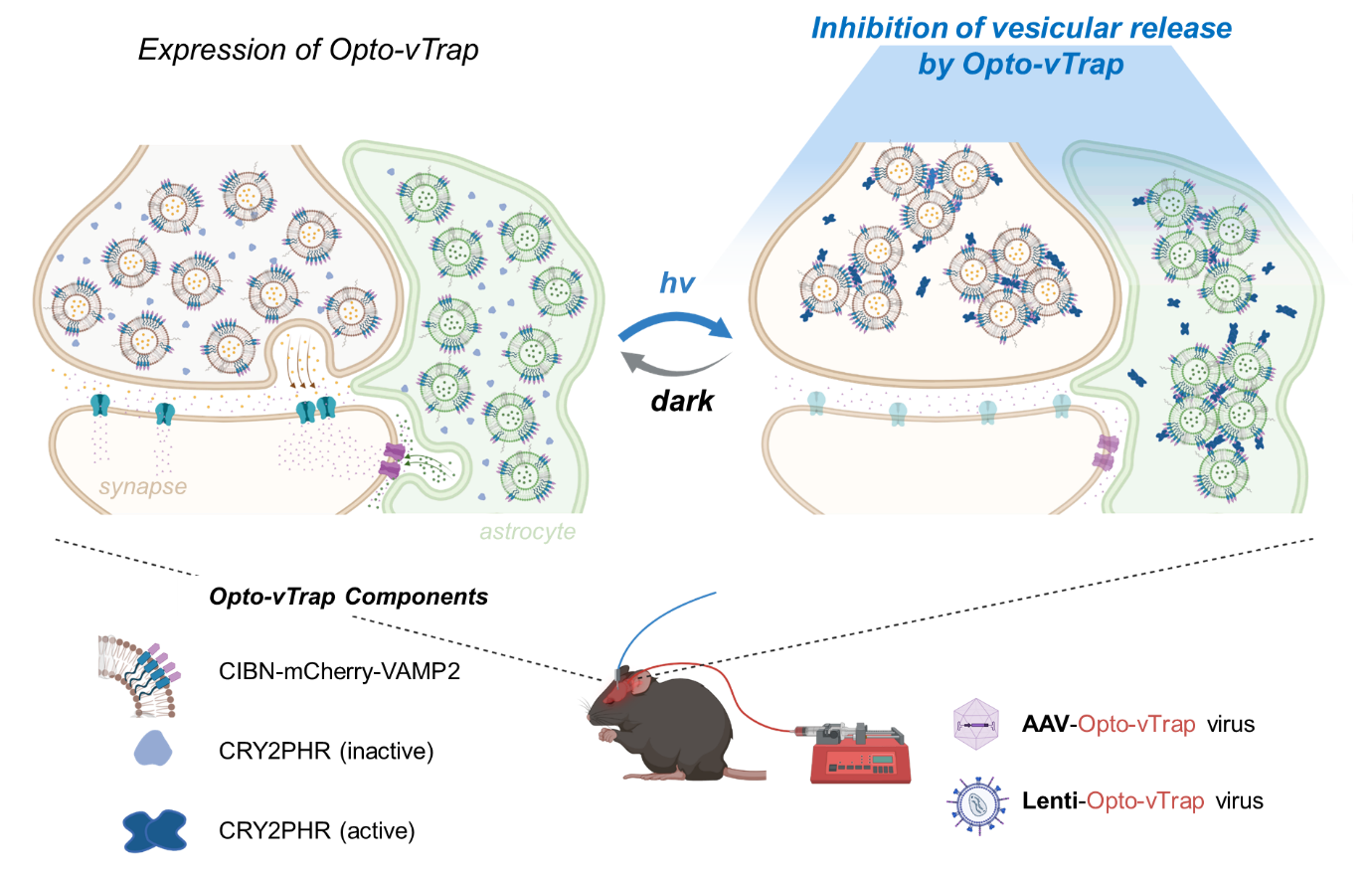海馬のアストロサイトはD-セリンとグルタミン酸を共排出する
シナプスの可塑性と認知の柔軟性を制御するための
Hippocampal astrocytes co-release D-serine and glutamate for the regulation of synaptic plasticity and cognitive flexibility
2022-01-10 大韓民国・基礎科学研究院(IBS)
“The measure of intelligence is the ability to change” – Albert Einstein
As we live in a dynamically changing environment, it is important for our brain to not only learn new things but also to modify existing memories. This is commonly referred to as “cognitive flexibility”. Without this ability, we would not be able to adapt to the altered environment and be vulnerable to making wrong choices from relying only on past memories.
Led by Director C. Justin LEE, the researchers at the Center for Cognition and Sociality within the Institute for Basic Science (IBS) in Daejeon, South Korea reported that astrocytes, which are star-shaped cells in the brain, regulate cognitive flexibility. Specifically, they found that the astrocytes’ ability to simultaneously regulate and integrate synaptic plasticity of nearby synapses is important for facilitating cognitive flexibility.
It is thought that lower cognitive flexibility in brain disorders such as autism, schizophrenia, and early stages of Alzheimer’s disease is caused by the reduced function of N-methyl-D-aspartate receptors (NMDARs). While NMDARs are important receptors for synaptic plasticity and are activated by a number of agonists and co-agonists, the source of one of the co-agonists, D-serine, has been controversial. Using astrocyte-specific gene regulation, the researchers showed that astrocytes can actually synthesize D-serine and release it through the calcium-activated channel called Best1. Combined with the previous knowledge that astrocytes can release glutamate through Best1, the co-release of D-serine and glutamate indicates that astrocytes are ideal regulators of NMDAR activity and synaptic plasticity.
In particular, the researchers showed that heterosynaptic long-term depression (LTD), a phenomenon in which inactive synapses weaken when nearby synapses become active, is mediated by astrocytes and is critical for cognitive flexibility.
“Since each astrocyte is in contact with over 100,000 synapses, astrocytes can control numerous synapses and integrate synaptic plasticity simultaneously,” said KOH Wuhyun, the first author of this study.
In the report, they studied the Best1 knockout (Best1 KO) mouse model that lacks heterosynaptic LTD due to reduced NMDAR tone. In the Morris Water Maze experiment, which involves mice trying to find a hidden platform, Best1 KO mice performed similarly to the wild-type mice in the initial learning session. However, when the platform was relocated to the opposite side, Best1 KO mice exhibited problems in memory modification.
Interestingly, when the NMDAR tone was improved in Best1 KO mice by D-serine injection during the initial learning period, their memory modification problem was restored in the subsequent experiment. This discovery shows that memory flexibility is determined from the time of initial learning, which is different from the previously proposed theory that synaptic plasticity only occurs when memory modification is needed.
Additionally, the researchers discovered that norepinephrine and its receptor α1-AR can activate astrocytes and cause co-release of D-serine and glutamate. This implies that the flexibility of memory can be determined by the degree of concentration and arousal during the learning period.
Director C. Justin LEE stated, “Previous studies have mostly focused on changes in specific synapses to stimuli. The discovery of this phenomenon where changes in one synapse can induce changes in nearby synapses during learning shows that finding out what happens to the other synapses is important for understanding the mechanism of learning and memory formation.” He added, “It is hoped that this study will provide valuable insights on how to relieve or treat symptoms of autism, schizophrenia, and early dementia, which are known to reduce cognitive flexibility.”

Figure 1. Increasing calcium in hippocampal astrocytes induces co-release of D-serine and glutamate through Best1. Glutamate released from CA3 neurons can induce local norepinephrine release by activating presynaptic AMPAR in the LC terminal. The astrocytes increase the NMDAR tone, which is important for homo- and hetero-synaptic long-term depression (LTD) in nearby synapses.

Figure 2. Induction of heterosynaptic LTD with homosynaptic LTP at the time of initial learning enables flexible memory formation and allows for cognitive flexibility. Lack of heterosynaptic LTD causes inflexible memory to be formed, which makes it difficult to learn new information because the memory cannot be modified properly.
Notes for editors
– References
W. Koh, M. Park, Y. E. Chun, J. Lee, H. S. Shim, M. G. Park, S. Kim, M. Sa, J. Joo, H. Kang, S.-J. Oh, J. Woo, H. Chun, S. E. Lee, J. Hong, J. Feng, Y. Li, H. Ryu, J. Cho, C. J. Lee, Astrocytes render memory flexible by releasing D-serine and regulating NMDAR tone in the hippocampus. Biol Psychiat (2021), doi:10.1016/j.biopsych.2021.10.012.
– Media Contact
For further information or to request media assistance, please contact C. Justin Lee (cjl@ibs.re.kr) at the Center for Cognition and Sociality, Institute for Basic Science, or William I. Suh at the IBS Communications Team (willisuh@ibs.re.kr)
– About the Institute for Basic Science (IBS)
IBS was founded in 2011 by the government of the Republic of Korea with the sole purpose of driving forward the development of basic science in South Korea. IBS has 32 research centers as of November 2021. There are ten physics, three mathematics, six chemistry, seven life science, one Earth science, and five interdisciplinary research centers.


